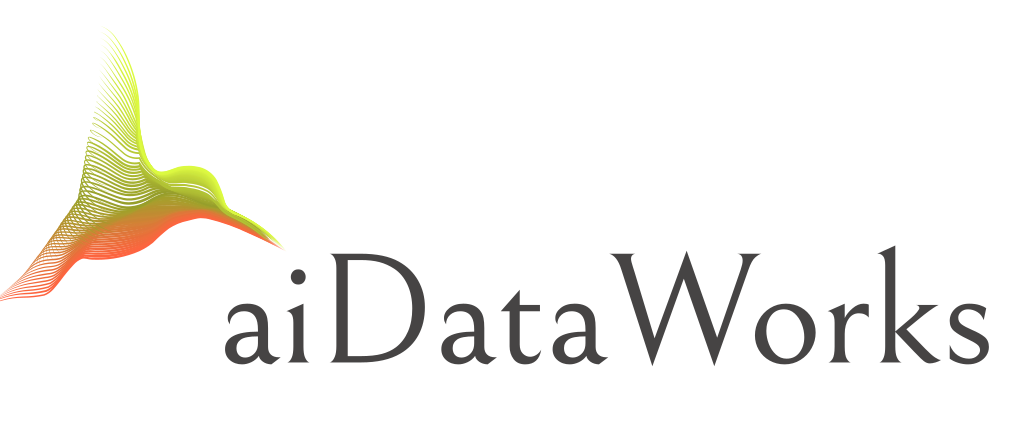Cloud vs. On Premise
Introduction
Corporations have a choice these days of hosting their IT infrastructure and services on premise or in the cloud. Companies providing IT infrastructure hosting services in the cloud have come a long way since the early days. Among the big players are well-known names such as Amazon AWS, IBM Cloud, Microsoft Azure, Google Cloud, Rackspace, Alibaba Cloud, TenCent Cloud and Baidu Cloud to name a few. Today the major players offer exceptional levels of availability, performance, quality and elasticity at price levels that are hard to compete with compared to on premise servers.
The GEM PRECARE Platform supports both cloud and on premise installations. This white paper discusses the pros and cons of both approaches.
Cloud and on Premise Pros and Cons
| KPI | Cloud | On-Premise | ||
|---|---|---|---|---|
| Elasticity/Scalabilty | ✔ | Pay only for the amount of compute power,storage and bandwidth you consume at any moment in time. Grow as you need and pay based on what you use. | ✘ | Difficult to forsee compute,storage and bandwidth needs with fixed cost regardless of usage levels. Need to invest upfront |
| Supportability/Quality | ✔ | Get instant access to new products and services and to software updates with bug fixes and new features. Either no administration costs or significantly reduced. | ✔-- | Upfront costs and delays for bug fixes, new features, new products and new services is high and requires lengthy justifications. Personnel & maintenance costs. |
| Availability | ✔ | Get at least 99.99% uptime through redundancy and a continuous push for 99.999% and higher (Premium features). | ✘ | Achieving 4 or 5-nines availability is possible, but comes at a high cost for redundancy and man power. |
| Performance | ✔ | Get required throughput instantly, regardless of traffic loads at any period in time through dynamic load balancing. | ✘ | Require significant pre investment, hard to scale up instantly, requires new CapEx outlays with lengthy justifications. |
| Security | ✔ | Get high levels of protection against hackers with multi-factor authentication, latest threat detection and protection against ransomware. In Some cases leave the data on Premise and exchange only Metadata. | ✔ | Data Stays On Premise. Get high levels of protection against hackers, but requires extra investments in software (and hardware) and man power. Ransomware can wreak havoc. |
| Backups | ✔ | Get the same level of backup functionality and flexibility as on-premise, but with added advantage of not having to worry to run out of storage. | ✔- | Same as for the cloud, but there is the possibility that more storage is needed than available. |
| Control | ✔- | Control based on the permissions allowed by the cloud provider and application provider. | ✔ | Complete Control, limited only to the specific organization department restrictions. |
| Manageability & Access | ✔ | Manage compute, storage and bandwidth resources from anywhere from any device | ✘ | Usually restricted to on premise management of compute, storage and bandwidth resources. |
Conclusion
It’s no surprise that cloud computing has grown in popularity as much as it has, as its allure and promise offer newfound flexibility for enterprises, everything from saving time and money to improving agility and scalability. On the other hand, on-premise software – installed on a company’s own servers and behind its firewall – was the only offering for organizations for a long time and may continue to be so in cases where a static IT infrastructure environment serves the organization adequately.
Often on-premise advocates cite a sense of security in favor of on-premise over cloud because of the level of control they profess to maintain. Truth is that actually Cloud today has top and up to date security measures, in many cases superior to any organization. Finally, leveraging the benefits of the cloud as laid out in this white paper, for on-premise, is only feasible when the business itself is large enough to sustain the cost that is inherent with running a large IT infrastructure. For all other use cases, the cloud is a clear winner over on-premise.
The GEM PRECARE Platform supports both cloud and on premise Installations. Customers must weigh the pros and cons of both and decide based on which pros carry the most weight for them.
Contact Us
